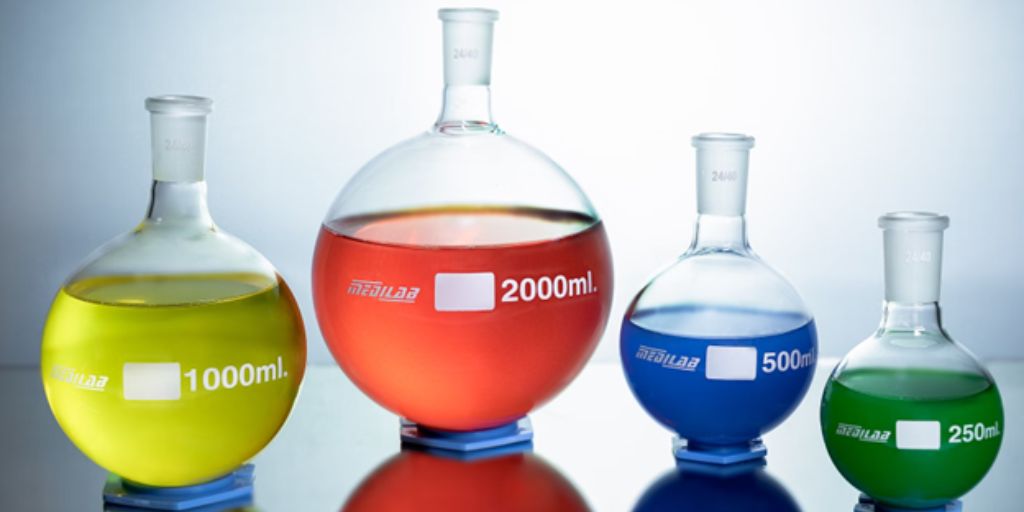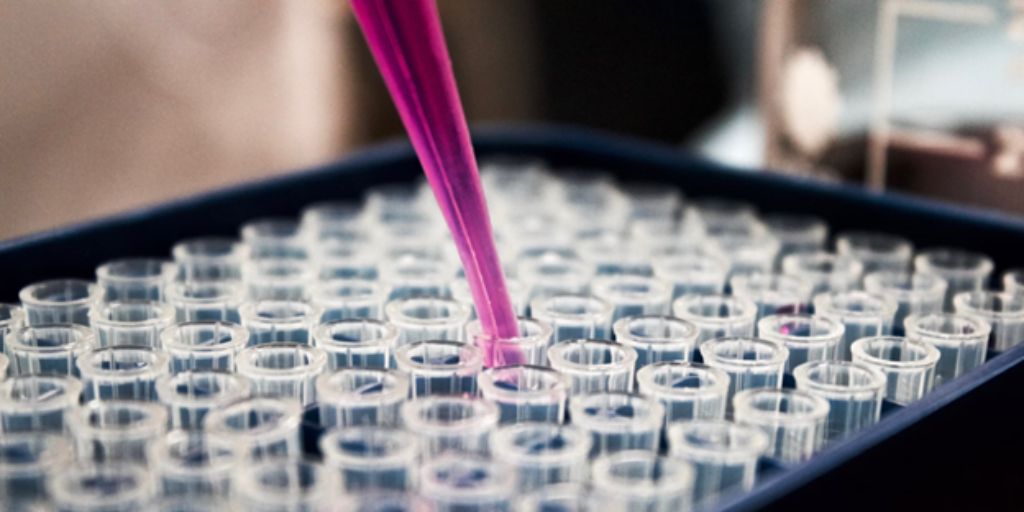
Contamination Control in the Lab
The laboratory of today, a lively place where scientific innovations are born, also presents many safety dangers. According to available data, laboratory test results provide the basis for 80% of healthcare decisions, which further emphasizes the importance of safety, compliance, and other aspects of laboratory work. From managing dangerous substances and manipulating delicate samples to doing repetitive jobs with careful exactness, there is always the possibility of accidents or pollution.
In such a context, automation technology has become the answer to these difficulties. Safety can be greatly improved by adding automated systems to the main workflows of a laboratory, which helps in lessening the dangers of exposure for researchers and technicians while also decreasing possibilities for contamination throughout their research work.
Reduced Exposure to Hazardous Materials
One of the major advantages of laboratory automation is its power to greatly reduce human contact with dangerous materials. While fume hoods are a usual safety feature in every laboratory environment, automated systems provide an added level of protection by lessening the necessity for direct handling, entirely. It becomes especially beneficial when dealing with risky chemicals and biological substances. Liquid handling systems that are automated have the advantage of providing precise amounts of these materials. This eliminates any chance of spills or splashes, which could be dangerous to those working in research labs.
Another benefit of automated liquid handling is the capacity for full containment; it stops harmful fumes from going into the workspace and keeps the health of researchers safe. These actions, when automated, can greatly lessen the chance of accidents and provide a more secure working setting for laboratory staff.
Balancing Efficiency and Risk Management
Picture a research lab that is very active working on an important project. The head of the team values getting desired outcomes from their investigation work quickly and keeping members of their team safe. The responsible people on the team know about the dangers that come with handling dangerous substances manually, which could result in unintentional contact.
For example, the task of pipetting repeatedly might cause human error that could affect the correctness of the data. Automated systems can solve both these issues for laboratory professionals. When they use automation in their work process, it helps them improve how quickly they do research and also creates a safer working place for everyone on the team. This frees up the researchers to concentrate on the crucial parts of the project, knowing that automated systems are reducing contamination dangers and confirming data precision.
Enhanced Consistency and Minimized Contamination
In laboratory experiments, there are many tasks that require precision and repetition. But sometimes, human and other procedural errors while performing these jobs can cause variations or contaminations. Automated systems deliver a great advantage because they can carry out tasks without making mistakes and repeating them exactly as needed.
Robots that handle liquids, for example, can give out reagents in exact amounts with very little variation. This ensures experiments are consistent and valid. Also, automated systems dealing with sample preparation can handle samples carefully and without much chance of human mistakes involved in the process. They can greatly help decrease the possibility of cross-contamination between experiments.
Improved Data Integrity and Streamlined Workflows
Automated systems guarantee meticulous adherence to safety protocols and minimize the danger of contamination or accidents in lab settings. Additionally, automation can efficiently track data related to each stage of laboratory procedure, improving both data honesty and the ease of tracing information.
Moreover, automation also lessens manual work for researchers who need to record data, while at the same time, allowing busy researchers to concentrate on more crucial parts of their job like analyzing and understanding data by doing away with repetitive duties. This simplification of processes leads to enhanced productivity and effectiveness in the laboratory.
Conclusion: The Future of Safe and Efficient Laboratories
The use of automated systems in labs is changing the way we do scientific research. This technology helps to keep scientists away from dangerous substances, making the chance of them getting hurt or sick less likely. Additionally, automated lab systems lower the risk of mistakes and contamination by reducing human touch and involvement.
Thanks to their versatility, automated systems take care of repeated jobs, so they make precise data collection possible, which results in more dependable and repeatable outcomes. This mix of advantages makes the laboratory setting and its occupants safer and more productive, also helping researchers concentrate on new findings. With technology evolving quickly, we can look forward to seeing many advanced automated systems that will change how scientific discovery happens.




